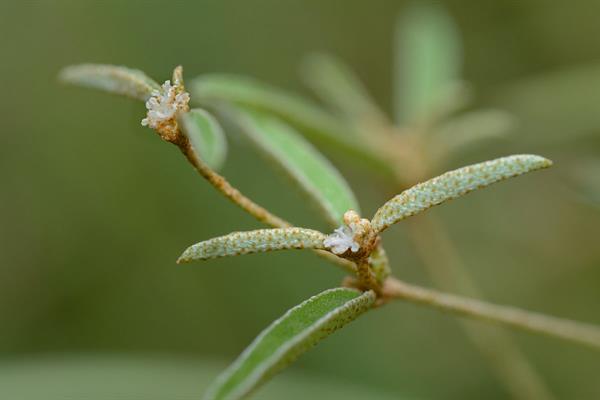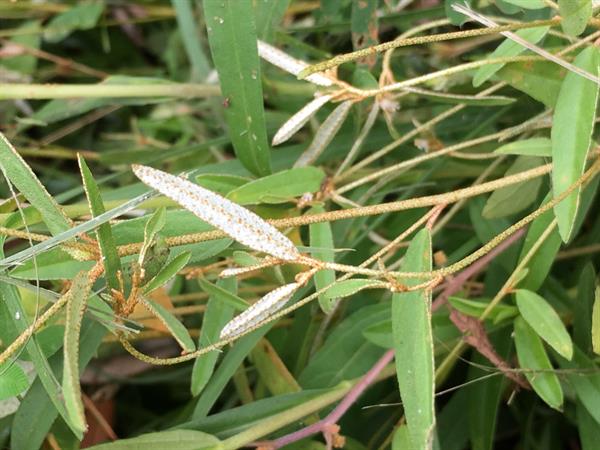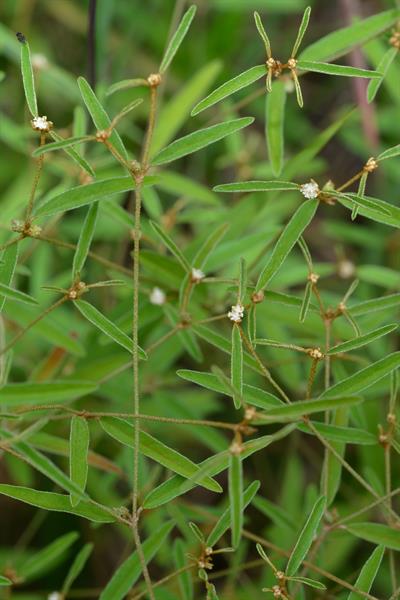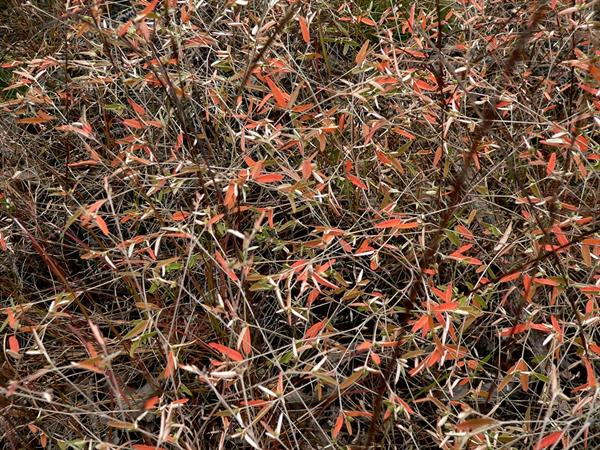
Origin/Endemic status: Native
Taxonomy Comments: Van Ee & Berry (2009) argued that this taxon is only varietally distinct from Croton michauxii (see synonymy).
Synonymy: = Ar, Fl2, K1, K4, Tn, Va, WH3, Webster (1992); = Croton michauxii G.L.Webster var. elliptica (Willd.) B.W.van Ee & P.E.Berry – FNA12, K3, van Ee & Berry (2009); = Crotonopsis elliptica Willd. – C, F, G, GrPl, Il, NE, Pa, RAB, S, S13, Tat, Tx, W
Heliophily: 9
Hover over a shape, letter, icon, or arrow on the map for definition or see the legend.
 © Gary P. Fleming | Original Image ⭷
© Gary P. Fleming | Original Image ⭷ © Joey Shaw source | Original Image ⭷
© Joey Shaw source | Original Image ⭷ © Gary P. Fleming | Original Image ⭷
© Gary P. Fleming | Original Image ⭷ © Richard & Teresa Ware CC-BY-NC, permission granted to NCBG | Original Image ⭷
© Richard & Teresa Ware CC-BY-NC, permission granted to NCBG | Original Image ⭷Feedback
See something wrong or missing on about Croton willdenowii? Let us know here: (Please include your name and email if at all complicated so we can clarify if needed.)
Cite as...